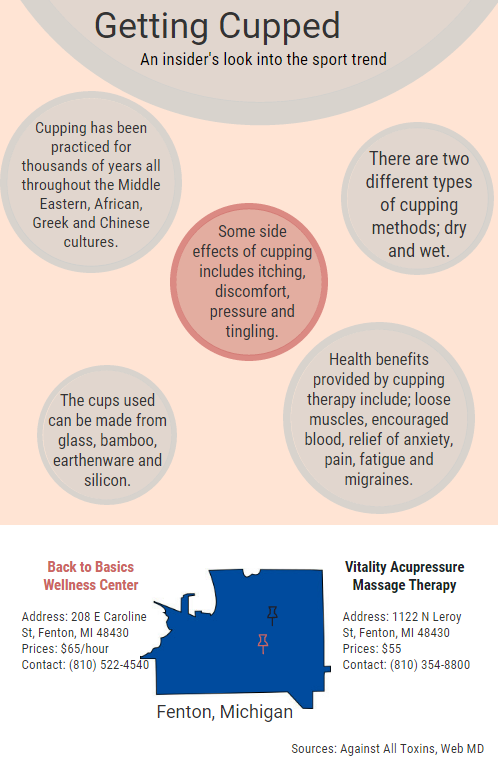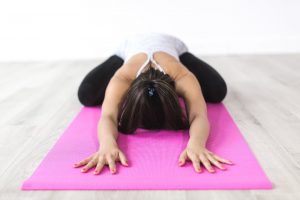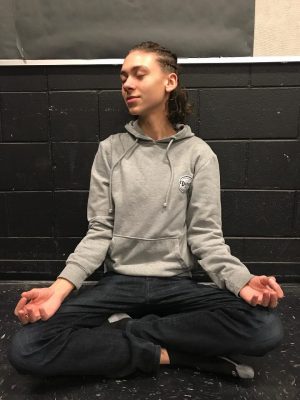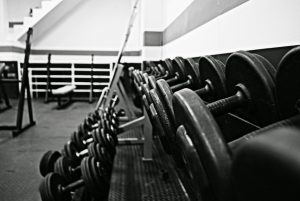Girls swim team uses Olympian ‘cupping’ therapy to ease muscle pain, improve performance
November 1, 2016
Dark circles seen on Olympic gold medalist Michael Phelps’ back during the 2016 Rio Olympics left most of the world puzzled. While he is one of the more popular Olympians who was known to have it done, many others also used the treatment known as cupping. Now, the marks are seen on many of Fenton’s swimmers.
“Cupping is where you’re using actual cups, either glass or plastic and you create a suction. It pulls adhesions and toxins from your organs,” Serendipity Spa massage therapist Jana Simmons said. “It actually has the ability to go four to six inches deep and it also increases circulation. By cupping, you’re pulling the toxins out wherever they have decided to reside.”
The dark marks left behind as well as the entire process might turn some people away, but many athletes swear by it.
“It relieves the pain, so I don’t have to hold back and not practice as much because of being restricted by it [the pain],” freshman Lillie Kromer said. “It feels like a deep tissue massage, but the process is kind of opposite. I’ve done a lot of intense stretching, cupping is more efficient.”
Overall, cupping promises pain free muscles and easier practices.
“Cupping has helped me because it has loosened my muscles a lot more and made it easier to swim sets without my shoulders hurting,” sophomore Emma Snedden said. “Also, it makes my back and shoulders feel loose and good throughout the day.”
Whether it’s an Olympic gold medalist or one of Fenton’s own swimmers, cupping therapy is just what these athletes were in search of to take care of sore muscles.
 PHOTO McKenzie Lookebill
PHOTO McKenzie Lookebill













